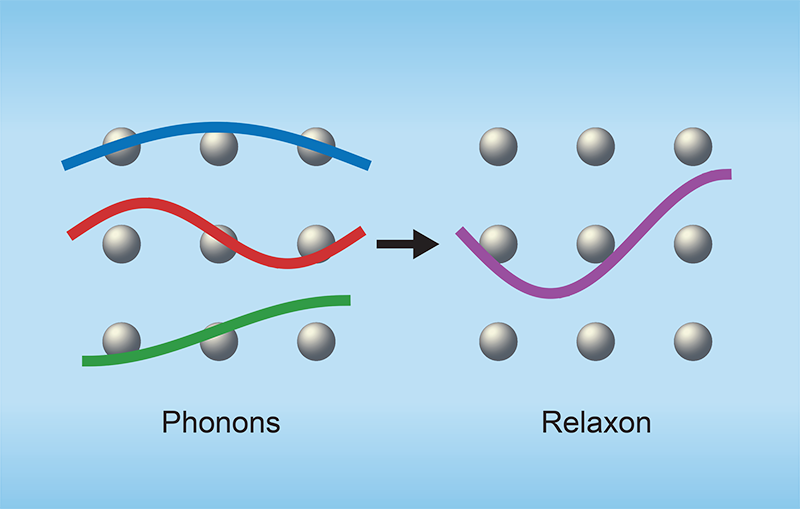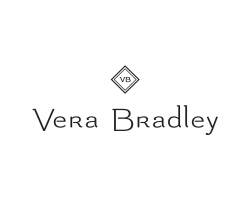Nanocoating for Corrosion Protection
Corrosion is a pervasive problem that affects various industries, including automotive, aerospace, marine, and infrastructure. It leads to the deterioration and weakening of materials, causing significant economic losses and safety hazards. In recent years, nanocoating has emerged as a promising solution for corrosion protection.
Corrosion poses a significant challenge to industries worldwide, as it causes structural degradation and premature failure of materials. Traditional methods of corrosion protection, such as coatings and inhibitors, have limitations in terms of durability and effectiveness. However, the emergence of nanocoating technology has opened up new possibilities for combating corrosion.
Understanding Corrosion
Corrosion is a natural electrochemical process that occurs when metals interact with their environment. It is a common problem that affects various industries and materials. Understanding the basics of corrosion is crucial for implementing effective strategies to prevent and mitigate its damaging effects.
Corrosion typically involves the oxidation of metals, leading to the formation of corrosion products such as rust, tarnish, or scale. This process occurs when metal atoms lose electrons and combine with oxygen or other elements in the environment. Moisture, humidity, and exposure to chemicals or saltwater can accelerate the corrosion process.
There are different types of corrosion, including uniform corrosion, localized corrosion, galvanic corrosion, and stress corrosion cracking. Uniform corrosion occurs evenly across the entire surface of the metal, gradually weakening it. Localized corrosion, on the other hand, is more concentrated and occurs in specific areas, such as crevices or pits. Galvanic corrosion arises when two different metals with varying electrochemical potentials are in contact, resulting in accelerated corrosion of the less noble metal. Stress corrosion cracking occurs when a metal is exposed to both a corrosive environment and mechanical stress, leading to the formation of cracks and potential failure.
Corrosion can have significant economic and safety implications. It weakens materials, reduces structural integrity, and shortens the lifespan of components and structures. The cost of corrosion includes expenses related to maintenance, repairs, and replacements. Industries such as automotive, aerospace, marine, oil and gas, and infrastructure are particularly vulnerable to corrosion due to their exposure to harsh environments.
Nanocoating: A Brief Overview
Nanocoating is a technology that involves applying a thin protective layer at the nanoscale to enhance the performance and longevity of materials. This innovative approach utilizes nanoparticles, which are particles with dimensions ranging from 1 to 100 nanometers, to create coatings with unique properties. Nanocoatings offer several advantages, including increased corrosion resistance, improved durability, self-healing capabilities, and environmental friendliness.
Corrosion is a natural electrochemical process that occurs when metals react with their environment. Factors such as moisture, temperature, and exposure to chemicals or saltwater can accelerate corrosion, leading to the deterioration and weakening of materials. Traditional methods of corrosion protection, such as coatings and inhibitors, have limitations in terms of effectiveness and durability. Nanocoatings have emerged as a promising solution to address these challenges.
One of the key advantages of nanocoatings is enhanced corrosion resistance. By forming a protective barrier, nanocoatings prevent corrosive substances from reaching the underlying material, effectively minimizing the corrosion process. This protection is particularly crucial in industries such as automotive, aerospace, marine, and infrastructure, where materials are exposed to harsh environments.
In addition to corrosion resistance, nanocoatings offer improved durability. Their exceptional hardness and adhesion properties allow them to withstand extreme temperatures, humidity, and chemical exposure. This durability ensures the longevity of materials and reduces maintenance costs over time.
Another remarkable feature of some nanocoatings is their self-healing capabilities. These coatings can repair minor damages and scratches automatically, extending their lifespan and further enhancing their corrosion resistance. The self-healing property makes nanocoatings ideal for applications where materials are subjected to wear and tear.
Nanocoatings also contribute to environmental sustainability. Compared to traditional coatings, nanocoatings require lower application volumes, resulting in reduced waste and environmental impact. Additionally, ongoing research aims to develop eco-friendly formulations for nanocoatings, making them even more environmentally friendly.
There are various types of nanocoatings used for corrosion protection. Nanostructured coatings consist of nanoscale structures that provide enhanced barrier properties against corrosion. Conversion coatings, such as chromate or phosphate coatings, convert the metal surface into a corrosion-resistant layer. Self-assembled monolayers (SAMs) are organic nanocoatings that form a highly ordered, self-assembled protective layer on the metal surface. Ceramic nanocoatings offer excellent resistance to high temperatures, abrasion, and chemical attack, making them suitable for extreme environments.
Nanocoatings find wide applications across industries for corrosion protection. Nanocoatings are used in the automotive industry to protect chassis, engine parts, and exhaust systems from corrosion caused by road salt, moisture, and chemicals.In the aerospace industry, nanocoatings provide long-lasting protection for aircraft components, ensuring safety and reliability in harsh atmospheric conditions. The marine industry benefits from nanocoatings by preventing corrosion on ships, offshore platforms, and marine equipment exposed to corrosive saltwater environments. Nanocoatings also play a significant role in protecting infrastructure, including bridges, pipelines, and buildings, against corrosion induced by environmental factors such as humidity, pollution, and industrial emissions.
The future implications of nanocoating for corrosion protection are promising. Ongoing research focuses on developing nanocoatings with tailored properties, such as increased barrier performance, improved adhesion, and advanced self-healing capabilities. Efforts are also being made to enhance the scalability and cost-effectiveness of nanocoating technologies, making them more accessible to various industries.
Advantages of Nanocoating
Nanocoatings provide several advantages over traditional corrosion protection methods:
Enhanced Corrosion Resistance: Nanocoatings create a protective barrier that prevents corrosive substances from reaching the underlying material, effectively minimizing the corrosion process.
Improved Durability: Due to their exceptional hardness and adhesion properties, nanocoatings can withstand harsh environments, including extreme temperatures, humidity, and chemical exposure.
Self-Healing Capabilities: Some nanocoatings possess self-healing properties, allowing them to repair minor damages and scratches automatically. This feature further enhances their longevity and corrosion resistance.
Environmentally Friendly: Compared to conventional coatings, nanocoatings require lower application volumes, reducing waste and environmental impact. They also offer the potential for eco-friendly formulations.
Types of Nanocoating
Several types of nanocoatings are utilized for corrosion protection. These include:
Nanostructured Coatings: These coatings consist of nanoscale structures that provide enhanced barrier properties against corrosion.
Conversion Coatings: Conversion coatings, such as chromate or phosphate coatings, convert the metal surface into a corrosion-resistant layer.
Self-Assembled Monolayers (SAMs): SAMs are organic nanocoatings that form a highly ordered, self-assembled protective layer on the metal surface.
Ceramic Nanocoatings: Ceramic nanocoatings offer excellent resistance to high temperatures, abrasion, and chemical attack, making them suitable for extreme environments.
Applications of Nanocoating for Corrosion Protection
Nanocoatings find applications across various industries for corrosion protection:
Automotive Industry: Nanocoatings are used to protect automotive components, such as chassis, engine parts, and exhaust systems, from corrosion caused by exposure to road salt, moisture, and chemicals.
Aerospace Industry: Aircraft components, including airframes and engine parts, are susceptible to corrosion in harsh atmospheric conditions. Nanocoatings provide long-lasting protection against corrosion, ensuring safety and reliability.
Marine Industry: Ships, offshore platforms, and marine equipment are constantly exposed to corrosive saltwater environments. Nanocoatings effectively prevent corrosion and extend the service life of marine structures.
Infrastructure: Nanocoatings are employed in bridges, pipelines, and buildings to protect against corrosion induced by environmental factors, such as humidity, pollution, and industrial emissions.
Future Implications
The field of nanocoating for corrosion protection continues to evolve, offering promising advancements for the future. Ongoing research focuses on developing nanocoatings with tailored properties, such as increased barrier performance, improved adhesion, and advanced self-healing capabilities. Additionally, efforts are being made to enhance the scalability and cost-effectiveness of nanocoating technologies, making them more accessible to various industries.
Nanocoatings have emerged as a game-changer in the realm of corrosion protection. Their unique properties and advantages make them an attractive choice for industries seeking reliable and long-lasting solutions. By implementing nanocoating technologies, companies can mitigate the economic and safety risks associated with corrosion, ensuring the durability and performance of their materials and structures.










 English (US) ·
English (US) ·